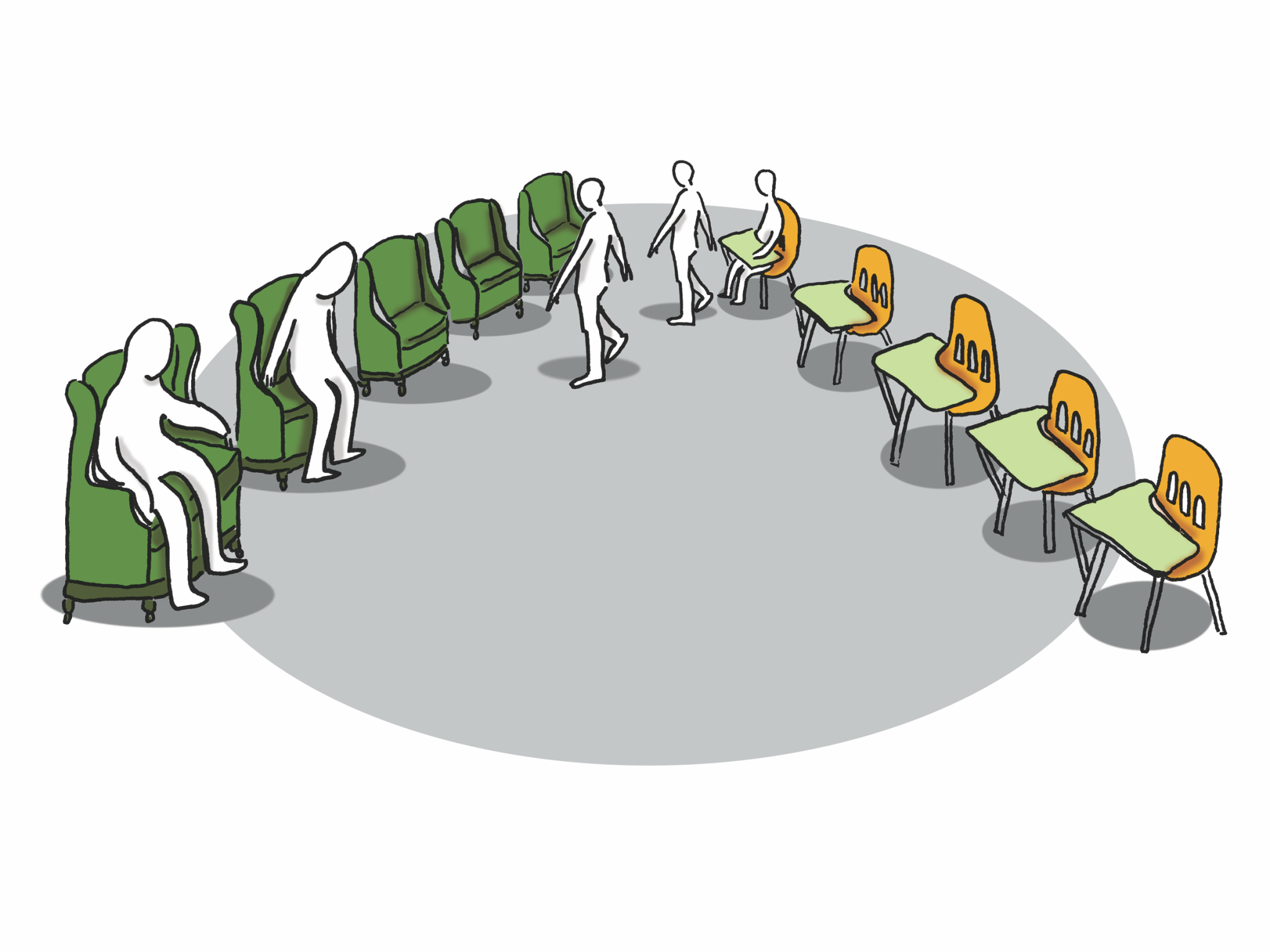“Of all the bad things that COVID shed the light on in our education system, the one good thing (it showed was that) there are kids out there that can thrive in an alternative learning environment,” said Tamara Mays, mother of students in Berkeley Independent Studies (BIS). “We need to move away from (a) one size fits all approach, and really give some resources, time, and effort into developing programs that these kids thrive in.”
For a growing number of families, BIS is the program that lets students do just that.
BIS is a program where students can receive school credit outside of the traditional classroom setting, completing work independently, and meeting weekly in small group classes with schedules they design themselves.
Although it entails a lot of work, “If you can structure your time and you have good self motivation and time management skills, then it’s a really good option,” said Louise Fitzsimmons, a senior in BIS.
Mays, who leads a support group for incoming BIS families, which she created earlier this year, said “... This year, I’ve seen a big influx of parents very interested in (BIS).”
Holly Nelson, a BIS Spanish and PE teacher, has also noticed an increase in the awareness of students and families about the BIS program. This has incresed since the COVID-19 pandemic began. “... Many students and families … are looking into alternatives to returning to classrooms full of people. Learning in a one-on-one or small group environment is much more appealing to students now,” Nelson wrote in an email to the Jacket.
Students in BIS take three classes per quarter, completing 10 hours of homework per class every week. Over the COVID-19 pandemic, students not in BIS had a similar schedule, with three online classes per day cycling throughout the week.
“I really liked having three classes at a time,” said Logan Thompson, a junior who transferred to BIS this school year. “I feel like distance learning proved (to me) that (BIS) could work.”
The pandemic was also a significant factor for Fitzsimmons, who transferred to BIS last school year. “I decided to (switch to BIS) because I felt so drained at the end of every school day, and especially coming out of quarantine, I realized… the way school was structured was (not) benefiting me,” Fitzsimmons said.
The burnout that students can experience in a traditional six hour school day is no surprise to Mays. “Can you imagine if you’re an adult, and you have six different bosses every hour and 30 different co-workers?” Mays said. “That’s essentially what high school is. That is a great social structure for many people, but it’s not for everybody.”
Students often also make the transition to BIS because of the freedom it gives them to play sports, have jobs, and pursue their passions.
Calder Fritz, a senior in AC, previously transferred to BIS in order to “pursue personal interests in more specific topics…(and have) more flexibility in my schedule. I’m a rower, so it’s really time consuming, and being able to structure my classes around that … has been really helpful.”
For Thompson, BIS frees him to do his work at his own pace.
“A lot of time at school was wasted (for me), I would get all my work done and then I would just be sitting in school for the rest of the day. In BIS, I can get all my work done a lot faster and have a lot of time to do stuff I want to do, like (train for) the mountain biking team…and ride my bike,” Thompson said.
The atmosphere at BIS mirrors that of higher education, where students complete three classes both in the fall and the spring.“It’s quality training for college…(students in BIS) are very prepared, and it is a smooth transition when they get to the college,” said Mays.
The increasing number of transfers to BIS since the pandemic has raised questions about if BHS needs to change its current school environment to better suit students.
“Being able to learn remotely showed me that… you didn’t have to follow the standard process of six periods a day going to school from 8:30 to 3:30,” Fritz said. To Fritz, if BHS allowed for more flexibility in their schedule and curriculum, all BHS students could feel more engaged in their education.
To improve students’ experiences, BHS and Berkeley Unified School District can learn from the structure of BIS, Mays said. “(We) have a program for which (flexibility and student driven curriculum) is the structure, and it is working,” Mays said. “It’s not something that can’t be done.”





